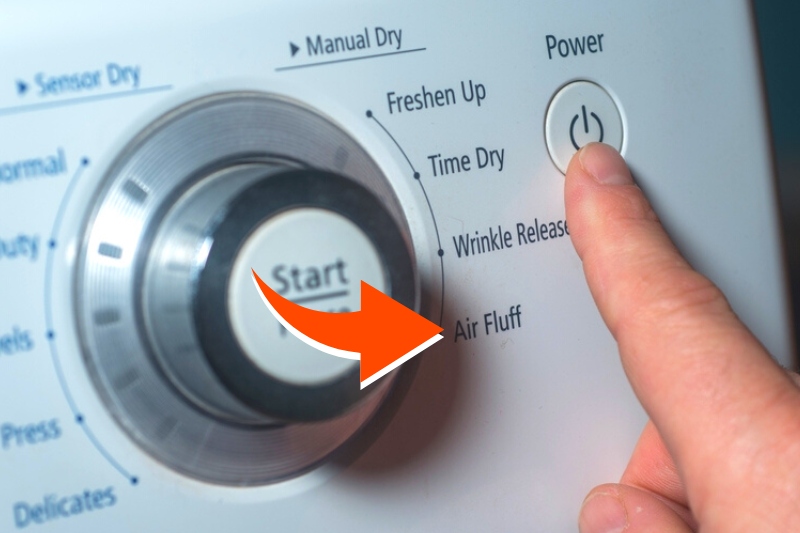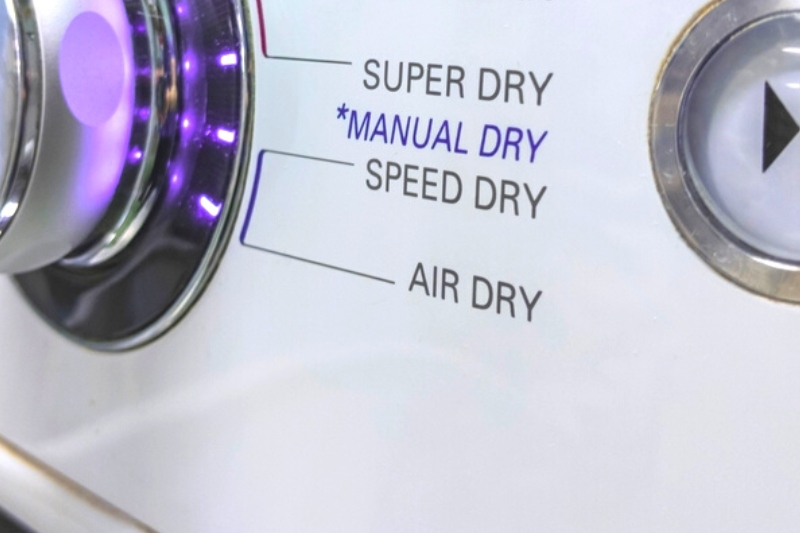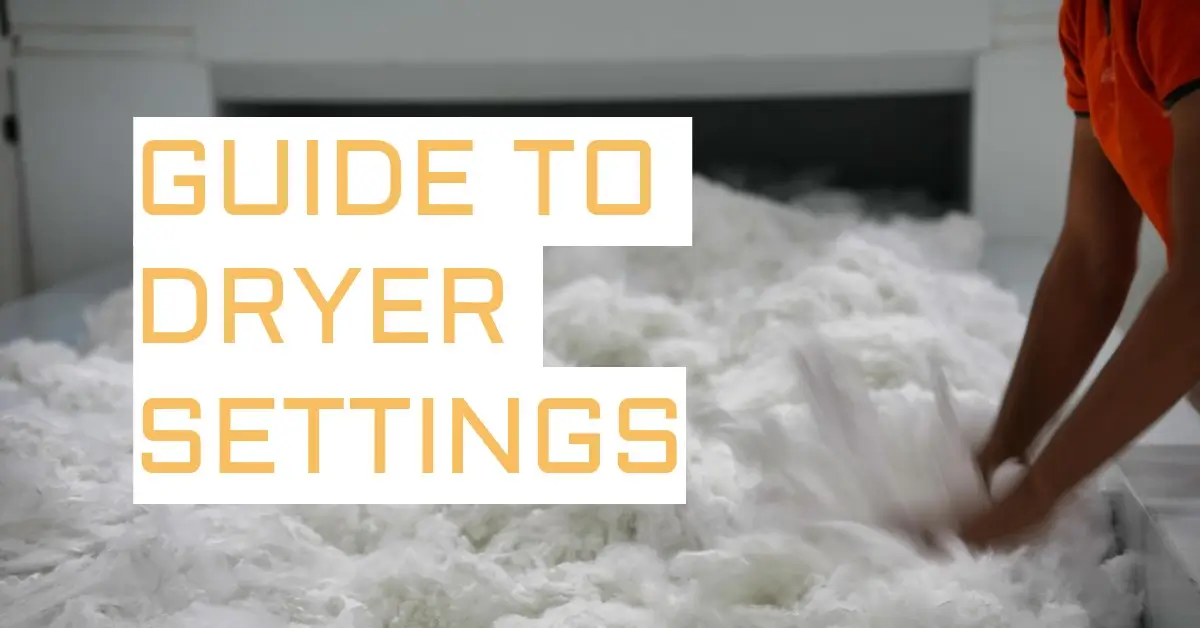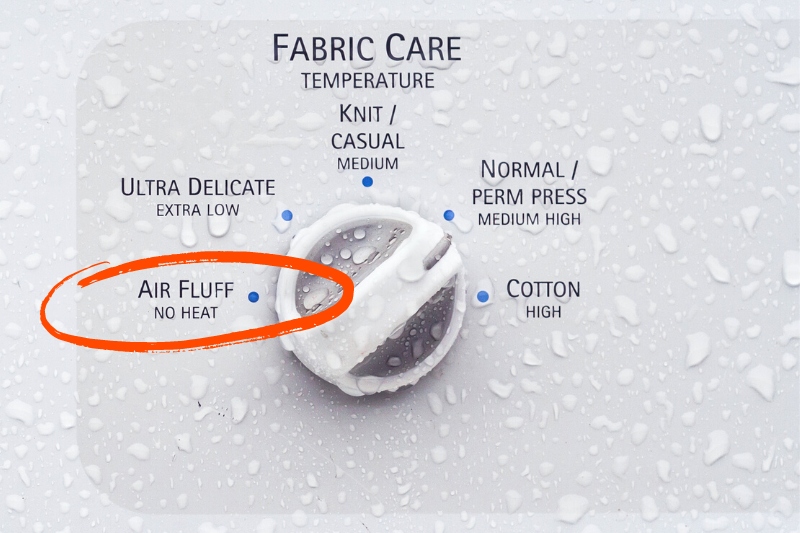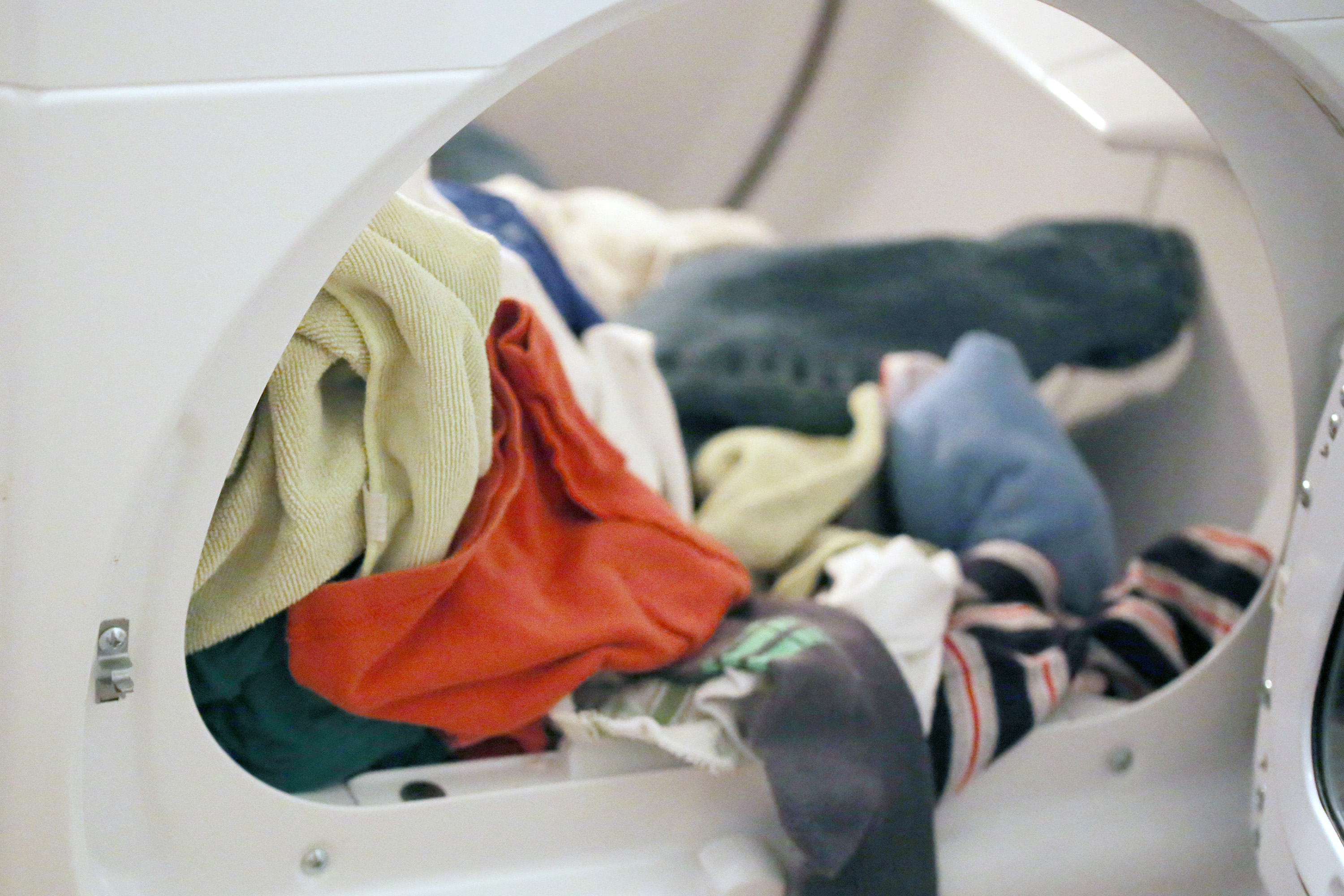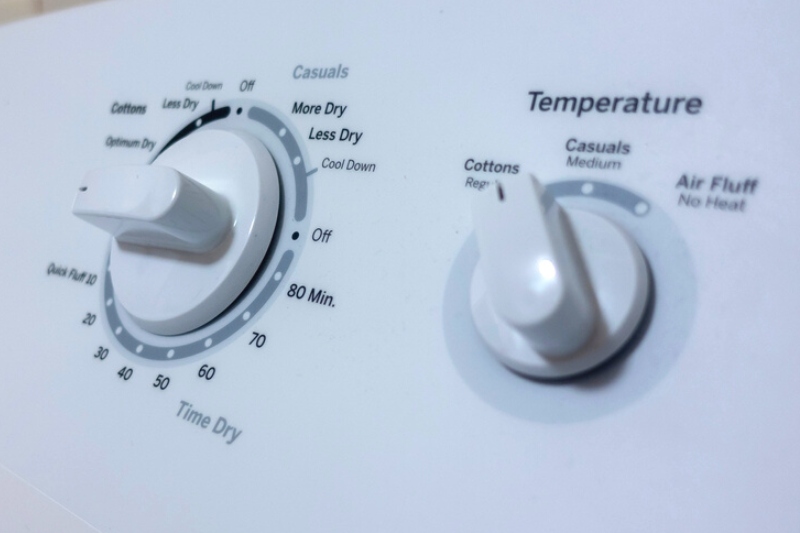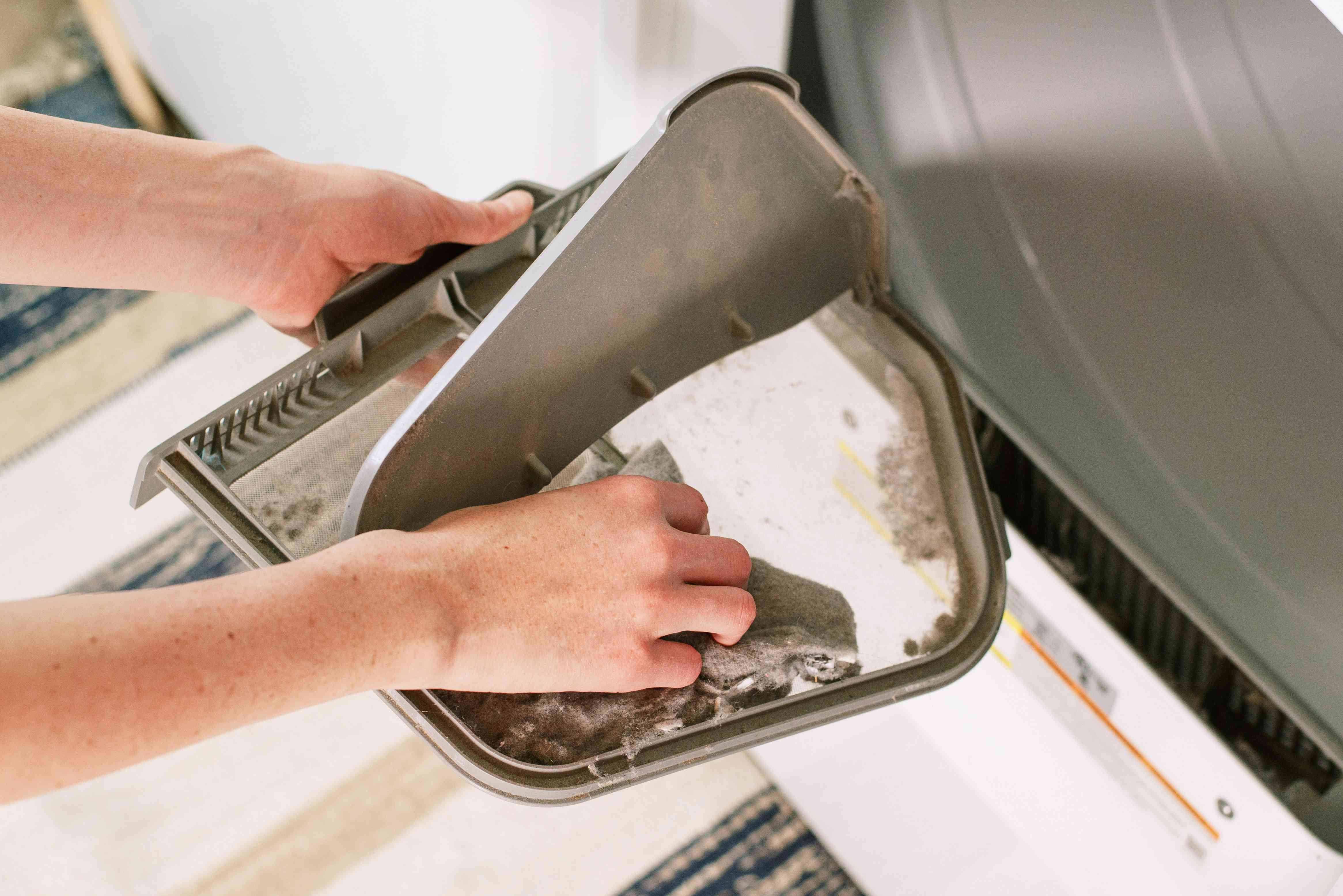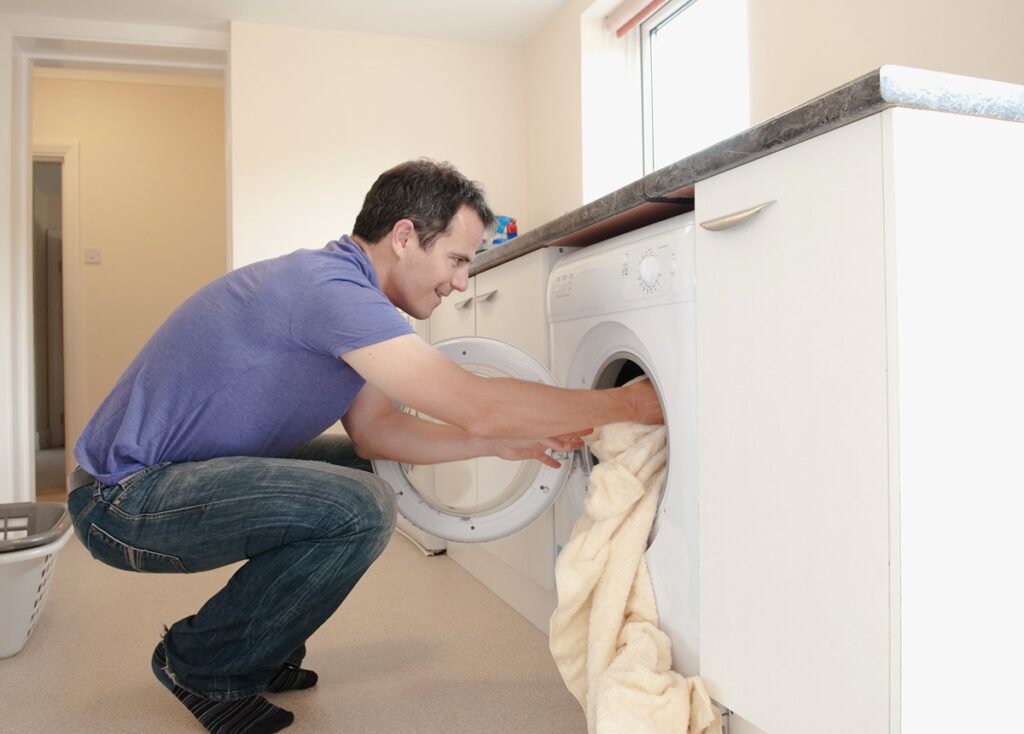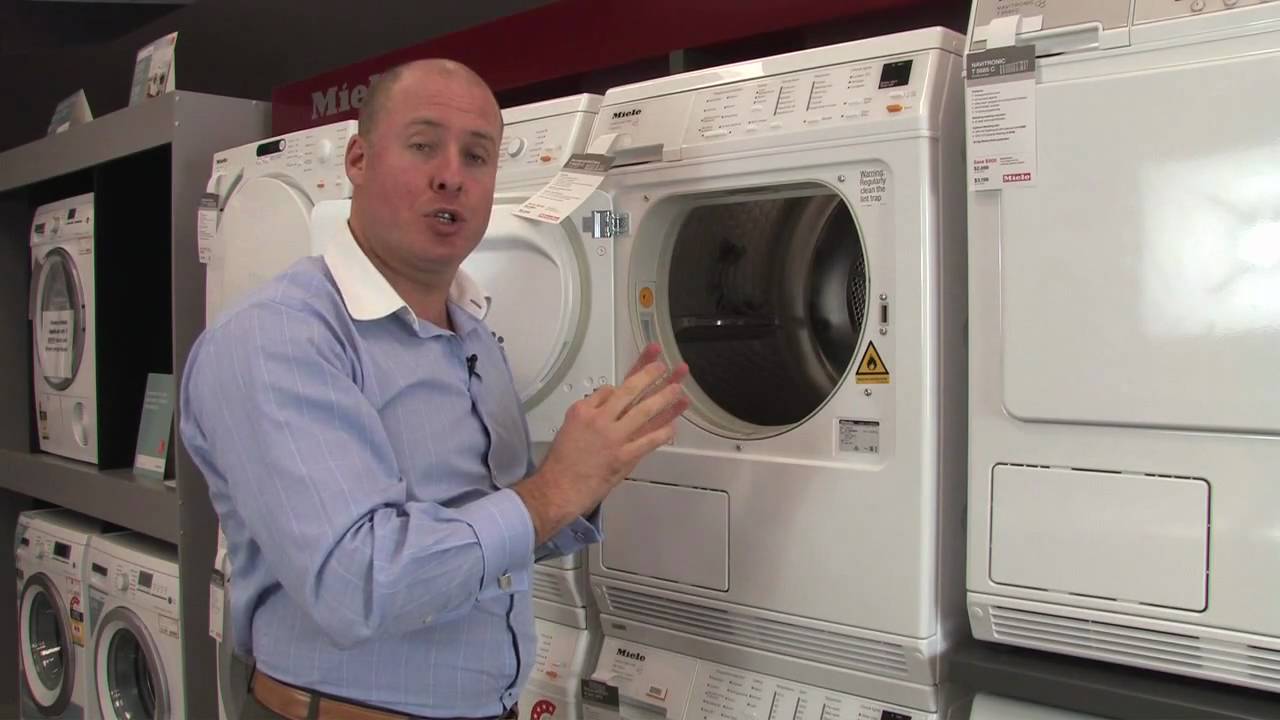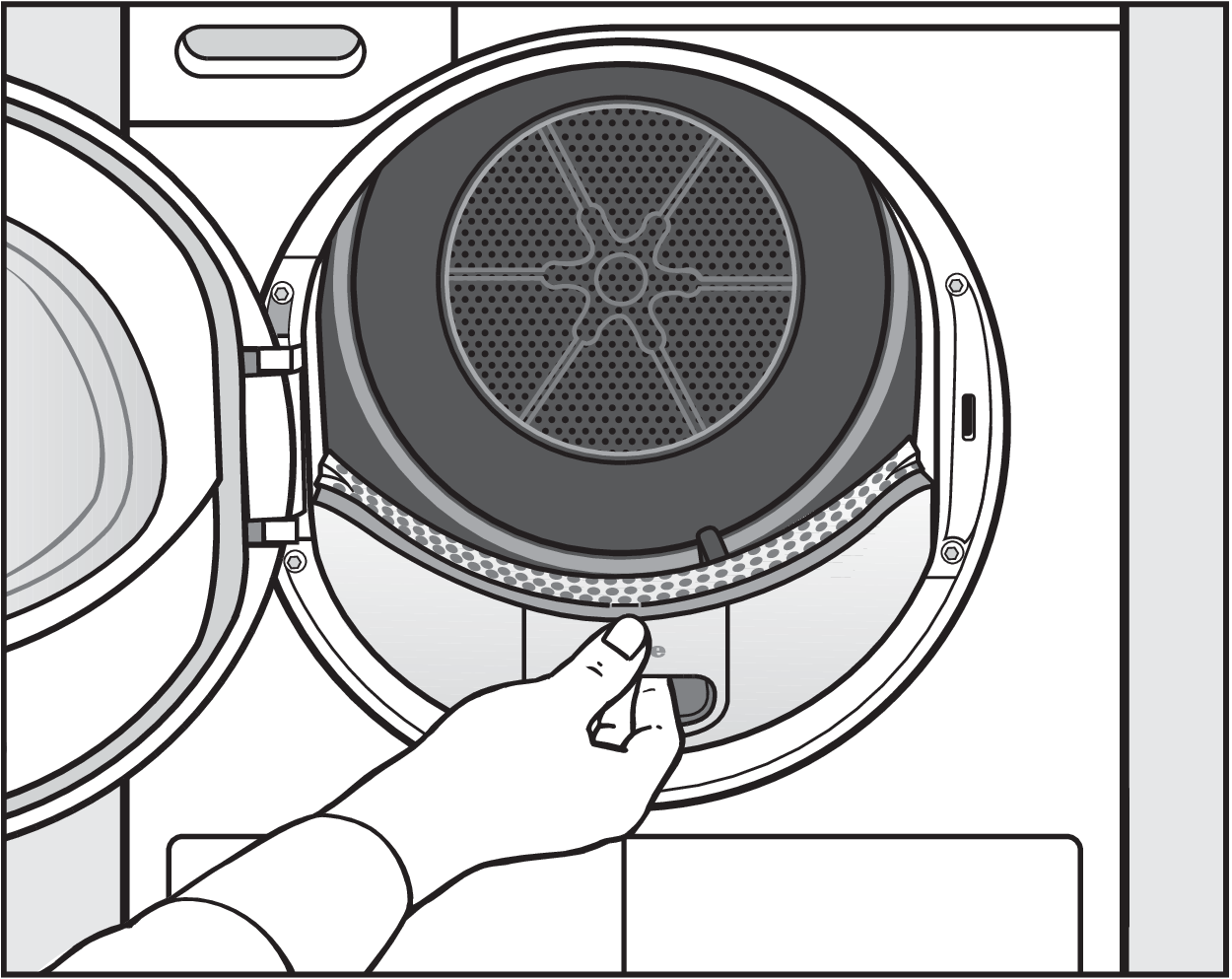What Is Fluff Air On Dryer
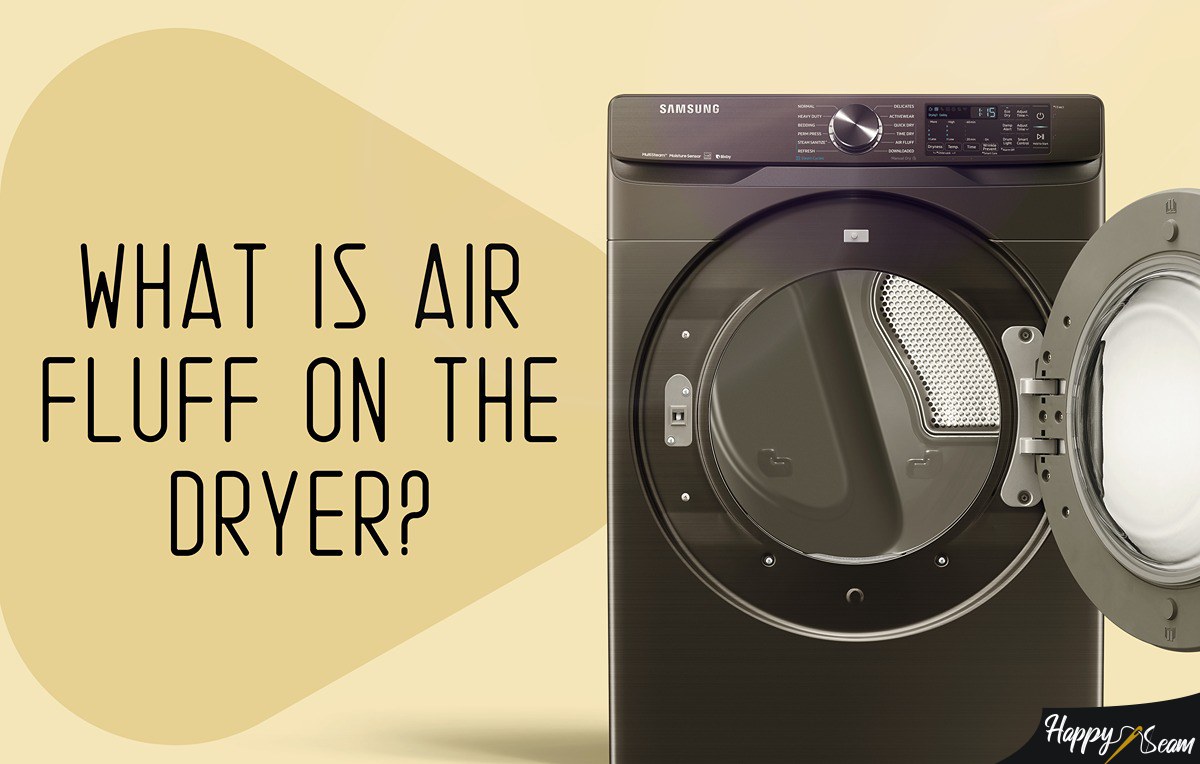
Imagine the gentle hum of your dryer, a comforting sound after a laundry day well spent. Clothes tumble inside, promising warmth and freshness. But have you ever paused to consider the unsung hero working tirelessly behind the scenes to keep your laundry process efficient and safe? We're talking about the dryer's fluff air system, often overlooked but essential to your home's comfort and safety.
This article dives deep into the world of "fluff air" in your dryer, exploring what it is, why it's crucial, and how to maintain it for optimal performance. We'll uncover the mysteries behind this seemingly simple system and equip you with the knowledge to keep your laundry room running smoothly.
The Nut Graf: Unraveling the Mystery of Dryer Fluff Air
Dryer fluff air, in essence, refers to the flow of heated air that circulates within a clothes dryer to evaporate moisture from wet laundry. This process relies on a carefully designed system to draw in fresh air, heat it, and then circulate it through the tumbling clothes. Finally, the moisture-laden air is exhausted outside, carrying with it the troublesome lint produced during the drying cycle.
The efficiency and safety of your dryer depend on a well-functioning fluff air system. Neglecting its maintenance can lead to decreased drying performance, increased energy consumption, and, most importantly, a heightened risk of fire.
The Anatomy of a Dryer's Fluff Air System
Let's break down the components that make up this vital system. First, there's the air intake, where fresh air enters the dryer. This is often located at the back or bottom of the appliance.
Next, the air passes through a heating element (gas or electric), raising its temperature significantly. Then the heated air is directed into the dryer drum.
The dryer drum, with its tumbling action, exposes the wet clothes to the heated air. As the moisture evaporates, the air becomes laden with humidity and lint.
Finally, the exhaust duct carries the moist, lint-filled air out of the dryer and away from your home. This duct is critical for preventing moisture buildup and potential fire hazards. A lint trap is usually placed before the exhaust duct to filter out most of the lint.
The Critical Role of the Lint Trap
The lint trap is the first line of defense against lint buildup. Located within the dryer, this filter captures the majority of lint shed from clothing during the drying process. Regular cleaning of the lint trap is paramount to maintaining proper airflow.
A clogged lint trap restricts airflow, forcing the dryer to work harder and longer. This leads to increased energy consumption and prolonged drying times.
Furthermore, lint is highly flammable, and a clogged lint trap significantly increases the risk of a dryer fire. According to the U.S. Fire Administration, failure to clean the lint trap is a leading cause of dryer fires.
The Significance of the Exhaust Duct
While the lint trap catches a significant amount of lint, some inevitably escapes and accumulates within the exhaust duct. This accumulation can severely restrict airflow, creating a similar scenario to a clogged lint trap.
A blocked exhaust duct can lead to overheating, energy inefficiency, and an increased fire risk. Therefore, regular cleaning of the exhaust duct is crucial for maintaining dryer safety and performance.
Ideally, the exhaust duct should be inspected and cleaned at least once a year, or more frequently if you notice longer drying times or a burning smell.
Maintaining Your Dryer's Fluff Air System
Maintaining your dryer's fluff air system is a relatively simple process that can significantly improve its performance and lifespan. Here's a step-by-step guide:
Clean the Lint Trap After Every Load: This is the single most important step in maintaining your dryer's fluff air system. Make it a habit to empty the lint trap after each drying cycle.
Inspect and Clean the Exhaust Duct Regularly: Disconnect the exhaust duct from the dryer and the wall. Use a specialized dryer duct cleaning brush or vacuum attachment to remove accumulated lint.
Ensure Proper Ventilation: Make sure the exhaust duct is properly vented to the outside and that the exterior vent is free of obstructions like snow or debris.
Avoid Overloading the Dryer: Overloading the dryer restricts airflow and prevents efficient drying. Follow the manufacturer's recommendations for load size.
Check for Kinks or Damage in the Ductwork: Ensure the exhaust duct is not kinked, crushed, or damaged, as this can restrict airflow. Replace any damaged ductwork immediately.
Beyond the Basics: Recognizing Warning Signs
While regular maintenance is essential, it's also crucial to be aware of the warning signs that indicate a potential problem with your dryer's fluff air system. These signs may include:
Longer Drying Times: If your clothes are taking significantly longer to dry than usual, it could be a sign of restricted airflow.
Overheating: If the dryer feels excessively hot to the touch, it could indicate a blocked exhaust duct or lint trap.
Burning Smell: A burning smell is a serious warning sign and could indicate lint buildup near the heating element. Immediately stop using the dryer and inspect it thoroughly.
Excessive Lint Buildup: If you notice excessive lint buildup around the dryer or in the laundry room, it could indicate a problem with the lint trap or exhaust duct.
The Environmental and Economic Impact
A well-maintained fluff air system not only ensures safety but also contributes to environmental sustainability and economic savings. When a dryer operates efficiently, it uses less energy to dry clothes.
This translates to lower electricity or gas bills and a reduced carbon footprint. By minimizing energy consumption, you're contributing to a more sustainable future.
Moreover, extending the lifespan of your dryer through proper maintenance reduces the need for replacements, saving you money in the long run. Therefore, taking care of your dryer's fluff air system is an investment in both your wallet and the environment.
Conclusion: Breathing Easier with a Clean Dryer
The seemingly simple act of drying clothes involves a complex interplay of air, heat, and mechanical action. Understanding the role of the fluff air system in your dryer empowers you to maintain its efficiency, safety, and longevity.
By adopting a few simple habits, such as cleaning the lint trap after each load and regularly inspecting the exhaust duct, you can breathe easier knowing your laundry room is operating safely and efficiently. So, next time you hear that familiar hum of your dryer, remember the unsung hero working behind the scenes – the fluff air system – and give it the attention it deserves.
Ultimately, a little preventative maintenance goes a long way in ensuring a safer, more efficient, and more enjoyable laundry experience. And who wouldn't want that?
